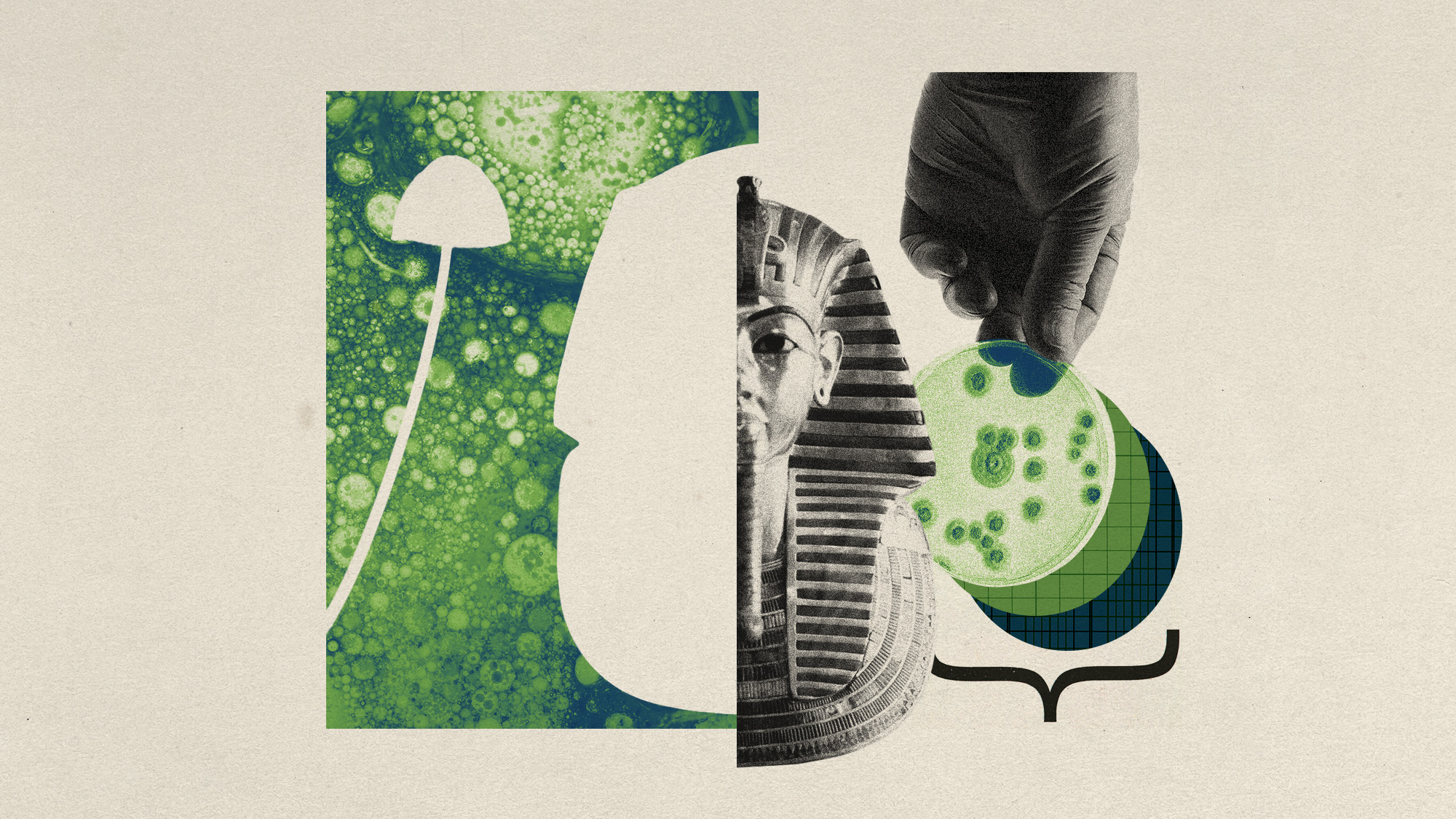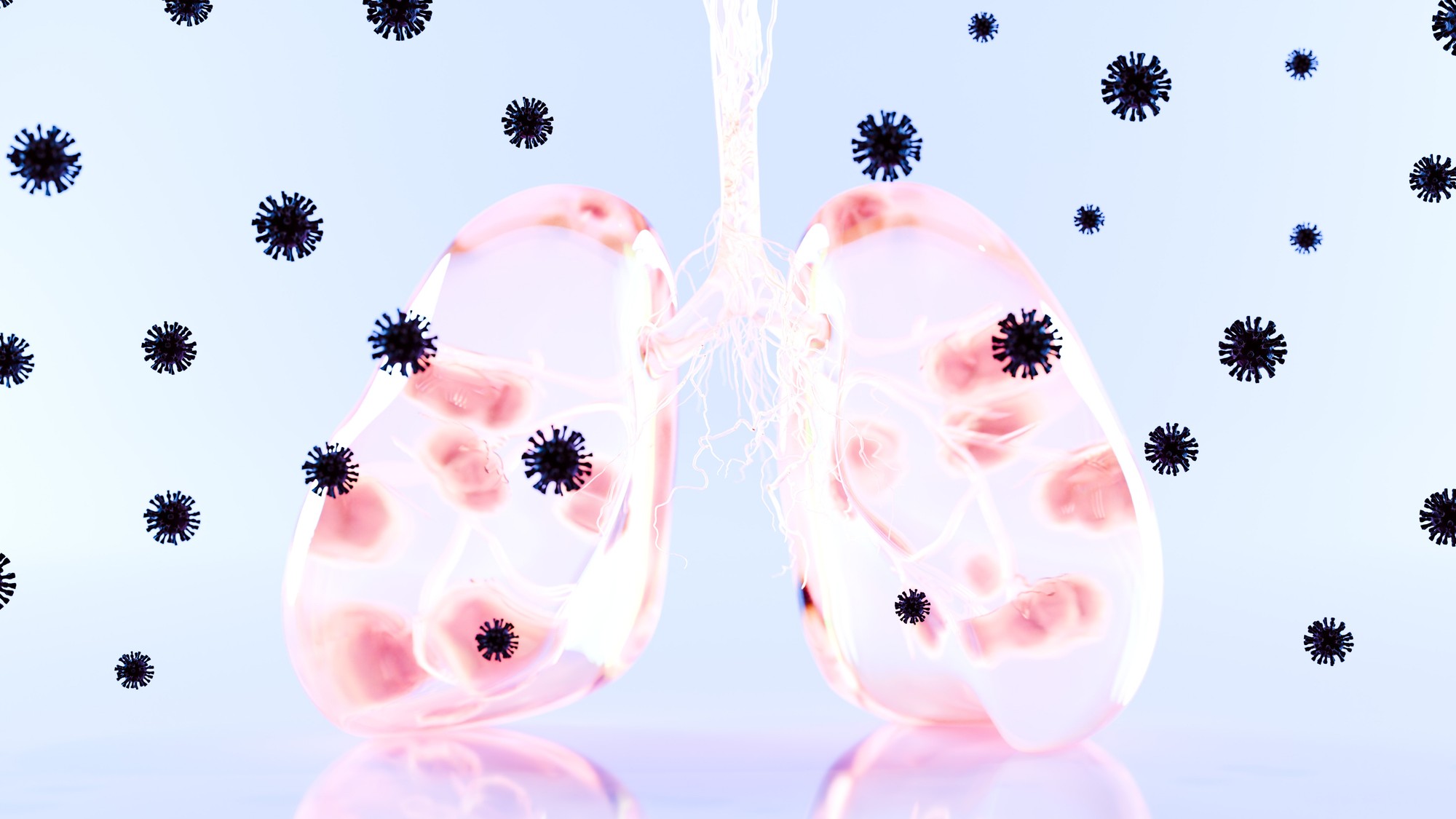Deadly fungus tied to a pharaoh's tomb may help fight cancer
A once fearsome curse could be a blessing


A fatal fungus once thought to be a curse could potentially help fight disease. Scientists discovered molecules in a fungus linked to Tutankhamun's tomb that stop the proliferation of cancer cells and are as effective as currently used treatments. Fungi may hold a treasure trove of medical breakthroughs ready to be unearthed.
Treatment from beyond the grave
The "pharaoh's curse" fungus, Aspergillus flavus, can be used to fight leukemia, according to a study published in the journal Nature Chemical Biology. The fungus is called "pharaoh's curse" because it is "linked to the deaths of several archeologists who opened ancient tombs around the world, including the famous discovery of the Tomb of Tutankhamun in the 1920s," said Popular Mechanics. At the time, many believed the deaths to be the result of an ancient curse rather than fungal inhalation.
Aspergillus flavus is known as a "microbial villain," said Popular Science. It is "one of the most frequently isolated mold species in both agriculture and medicine" and is "commonly found in soil and can infect a broad range of important agricultural crops." Exposure to the fungus can lead to lung infections, especially in those who are immunocompromised. Despite its deadly reputation, the fungus contains a class of peptides that can fight cancer when modified.
The Week
Escape your echo chamber. Get the facts behind the news, plus analysis from multiple perspectives.

Sign up for The Week's Free Newsletters
From our morning news briefing to a weekly Good News Newsletter, get the best of The Week delivered directly to your inbox.
From our morning news briefing to a weekly Good News Newsletter, get the best of The Week delivered directly to your inbox.
Researchers were able to isolate four molecules from A. flavus, which they named "asperigimycins." The molecules were capable of forming a unique structure of interlocking rings. "Even without genetic modifications, the asperigimycins demonstrated medical potential when mixed together with human cancer cells," said Popular Science. "Two out of the four variants had potent effects against leukemia cells." When fatty molecules called lipids were added, the asperigimycins were as effective as the FDA-approved drugs used to treat the cancer. There also seem to be no apparent side effects from A. flavus.
Fungus among us
Asperigimycins are part of a class of molecules called ribosomally synthesized and post-translationally modified peptides, or RiPPs. A number of them have been found in bacteria, but they are "rare in fungi and notoriously hard to study," said Wired. This is "mainly because no one was looking closely until now." However, "even though only a few have been found, almost all of them have strong bioactivity," Qiuyue Nie, a postdoctoral fellow at the University of Pennsylvania and an author of the study, said in a statement. "This is an unexplored region with tremendous potential."
Fungi have long been a source of medicine, perhaps most famously the antibiotic penicillin. This research implies there is more where that came from. "Nature has given us this incredible pharmacy," Sherry Gao, an associate professor at UPenn and the senior author of the study, said in the statement. "It's up to us to uncover its secrets. As engineers, we're excited to keep exploring, learning from nature and using that knowledge to design better solutions." The next step will be to test the newly discovered treatment on animals and then eventually on humans. It will likely still be many years before the treatments can be widely used on people.
A free daily email with the biggest news stories of the day – and the best features from TheWeek.com
Devika Rao has worked as a staff writer at The Week since 2022, covering science, the environment, climate and business. She previously worked as a policy associate for a nonprofit organization advocating for environmental action from a business perspective.
-
 US citizens are carrying passports amid ICE fears
US citizens are carrying passports amid ICE fearsThe Explainer ‘You do what you have to do to avoid problems,’ one person told The Guardian
-
 All roads to Ukraine-Russia peace run through Donetsk
All roads to Ukraine-Russia peace run through DonetskIN THE SPOTLIGHT Volodymyr Zelenskyy is floating a major concession on one of the thorniest issues in the complex negotiations between Ukraine and Russia
-
 Why is Trump killing off clean energy?
Why is Trump killing off clean energy?Today's Big Question The president halts offshore wind farm construction
-
 Deaths of children under 5 have gone up for the first time this century
Deaths of children under 5 have gone up for the first time this centuryUnder the radar Poor funding is the culprit
-
 A fentanyl vaccine may be on the horizon
A fentanyl vaccine may be on the horizonUnder the radar Taking a serious jab at the opioid epidemic
-
 Stopping GLP-1s raises complicated questions for pregnancy
Stopping GLP-1s raises complicated questions for pregnancyThe Explainer Stopping the medication could be risky during pregnancy, but there is more to the story to be uncovered
-
 Vaccine critic quietly named CDC’s No. 2 official
Vaccine critic quietly named CDC’s No. 2 officialSpeed Read Dr. Ralph Abraham joins another prominent vaccine critic, HHS Secretary Robert F. Kennedy Jr.
-
 This flu season could be worse than usual
This flu season could be worse than usualIn the spotlight A new subvariant is infecting several countries
-
 More adults are dying before the age of 65
More adults are dying before the age of 65Under the radar The phenomenon is more pronounced in Black and low-income populations
-
 Tips for surviving loneliness during the holiday season — with or without people
Tips for surviving loneliness during the holiday season — with or without peoplethe week recommends Solitude is different from loneliness
-
 Scientists have developed a broad-spectrum snake bite antivenom
Scientists have developed a broad-spectrum snake bite antivenomUnder the radar It works on some of the most dangerous species
